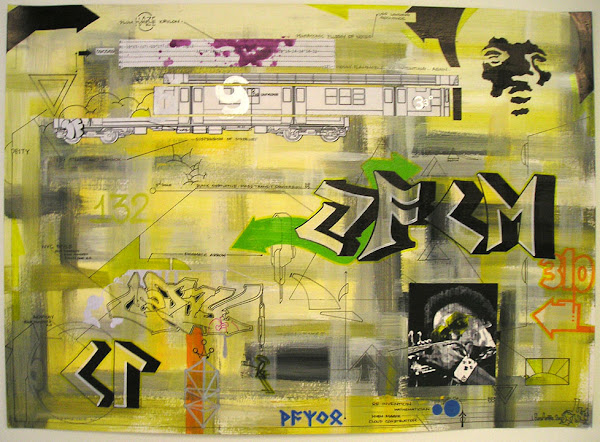"We cannot tell the precise moment when a friendship is formed. As in filling a vessel drop by drop, which makes it run over; so in a series of kindnesses there is at last one which makes the heart run over." James Boswell
That's how my friendship with Brother Spiridon Arkouzis began. We met at a Masonic function at Grand Lodge and spoke about the Craft. As we were departing, Spiros asked me where did I live and I told him that I live in East Elmhurst. He said that he lived in Astoria and he offered me a ride home. This simple act of kindness was to be repeated many, many times over the last dozen years. I don't own a car and I've never been a licensed driver, and I thank God for that. Had I owned a car I would not have had the opportunity to travel with Spiros as often as I did. You see, he and I also belonged to many of the same Masonic bodies particularly the invitational Orders. His car became our private travelling Lodge and the Holland Tunnel was our rabbit hole that took us to the other side where we discovered marvelous things.
We not only spoke about Freemasonry but we discussed other topics like movies, music and the fairer sex. Once, while driving listening to the radio, a song was played, it was Welcome to the Machine by Pink Floyd. Spiros said "I love this song" I asked, "You're into Pink Floyd?" He said yes. Now, if you know the song it starts with the sound of some enormous industrial machine. Spiro asked me did I recognize the sound, I told him no. He proceeded to explain how it was the sound of a particular engine found on certain ships. Needless to say I was quite impressed with his knowledge of ship engines as well as Pink Floyd. We also spoke about films and I remembered our conversation about Stanley Kubrick whose films he enjoyed as much as I did. And, like Kubrick, Spiridon was a very good chess player. He was a loyal, faithful Brother with a great intellect and uncompromising integrity.
One of the most wonderful sounds that I treasure is Spiros' laugh. Yes, Spiro was tough and passionate in conversation but he also had a wonderful sense of humor. Spiro was a Gemini I'm an Aries;
he was air and I'm fire: a great combination. But we were also both very earthy and that made for a very strong friendship and lots of laughs.
Brother Spiridon Arkouzis was called from labor Sunday morning, December 16, 2012. I cried deeply when I received word of his passing. I pray that the Great Architect of the Universe will watch over him, protect him and guide him as he travels to that "undiscovered country from whose bourne no traveler returns." Amen, So Mote It Be.
Photo Courtesy of Brother Jason Sheridan
Clifford Jacobs
Have Pen, Will Write
December 17, A.L.6012
CATHEDRALS OF THE DOUBLE HEADED EAGLE: PART ONE
-
*Cathedrals of the Double Headed Eagle : Part 1*
*A Quick Tour Around the Scottish Rite Cathedrals Past and Present*
Written by
SP Conor Patrick Moran, 32°...
15 years ago






























.jpg)


